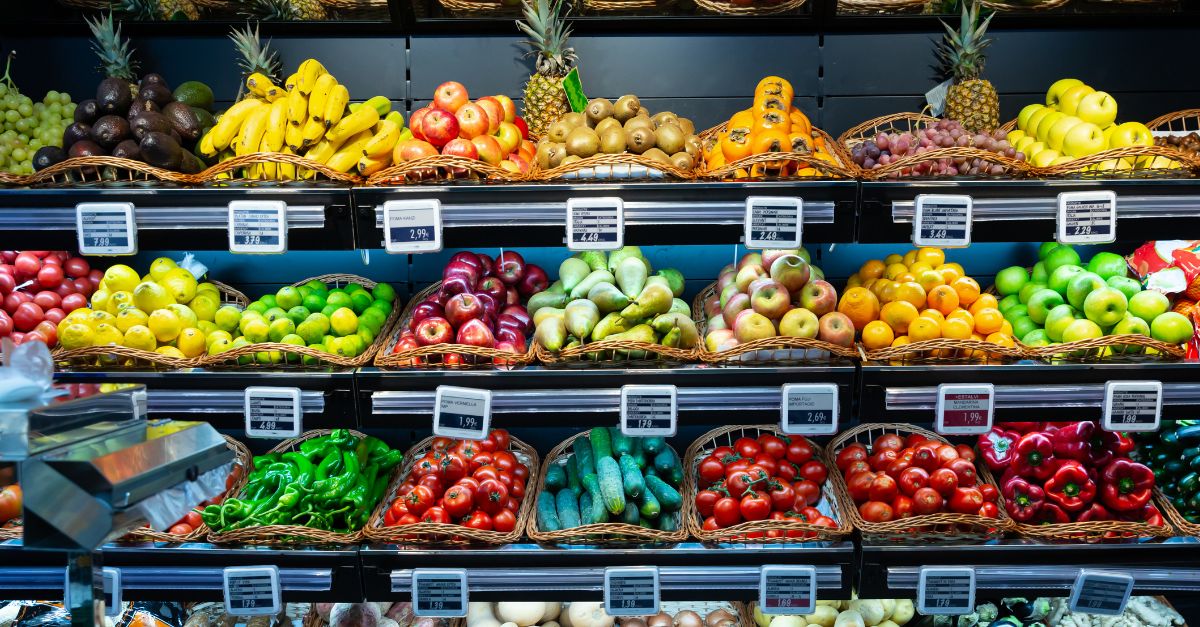On this blog you have read several times about ESL, which stands for Electronic Shelf Label. We are talking about devices that, installed on shop shelves, allow product information to be updated digitally and almost instantaneously, through technologies such as Light-Fidelity (visible light communication similar to optical wireless communication) or radio frequency transmission.
Electronic shelf labels, the benefits for retailers
These labels are becoming increasingly popular in the retail world, mainly due to some undeniable advantages for retailers, such as:
– The ability to update prices in a very short time allows for better management of sales staff;
– The ability to update prices at any time allows promotions to be activated more effectively and reactively with respect to changing customer purchasing behaviour;
– Managing prices digitally minimizes the possibility of errors leading to misalignments between the prices displayed in the aisle and those recorded at the till;
– Electronic labels have great potential in terms of customer communication, which goes beyond price
ELS also make it possible to manage information from different information channels. The electronic label can thus become, depending on the information displayed in real-time, a vehicle for activating other processes, such as reading customer reviews, coming from the web. In addition, thanks to the integration of proximity technologies such as NFC or QR Code, the ESL can be interrogated with smartphones, tablets or QR-Code or barcode readers, allowing the display of all kinds of information, such as that concerning the production chain of a product or allergens.
Electronic shelf labels beyond mass retail
When we speak of electronic labels, we imagine the aisles of a supermarket, but it is not correct to limit ourselves to thinking of the application of an ESL labelling system to the large-scale retail trade. Another sector where they are proving very successful is that of pharmacies and parapharmacies. This is because a problem faced by many pharmacies is managing the display of prices on products placed in public service areas. Legislation, in fact, requires the display of current prices, in correspondence with the relevant packaging. A rule that allows the customer to know the updated price in real time and complete the decision-making process regarding the choice of one product over another.
In Premoneo we are working towards a greater distribution of ESL in retail, a technology that helps us to effectively apply dynamic pricing tools that are fundamental for retailers in today’s market scenario.


